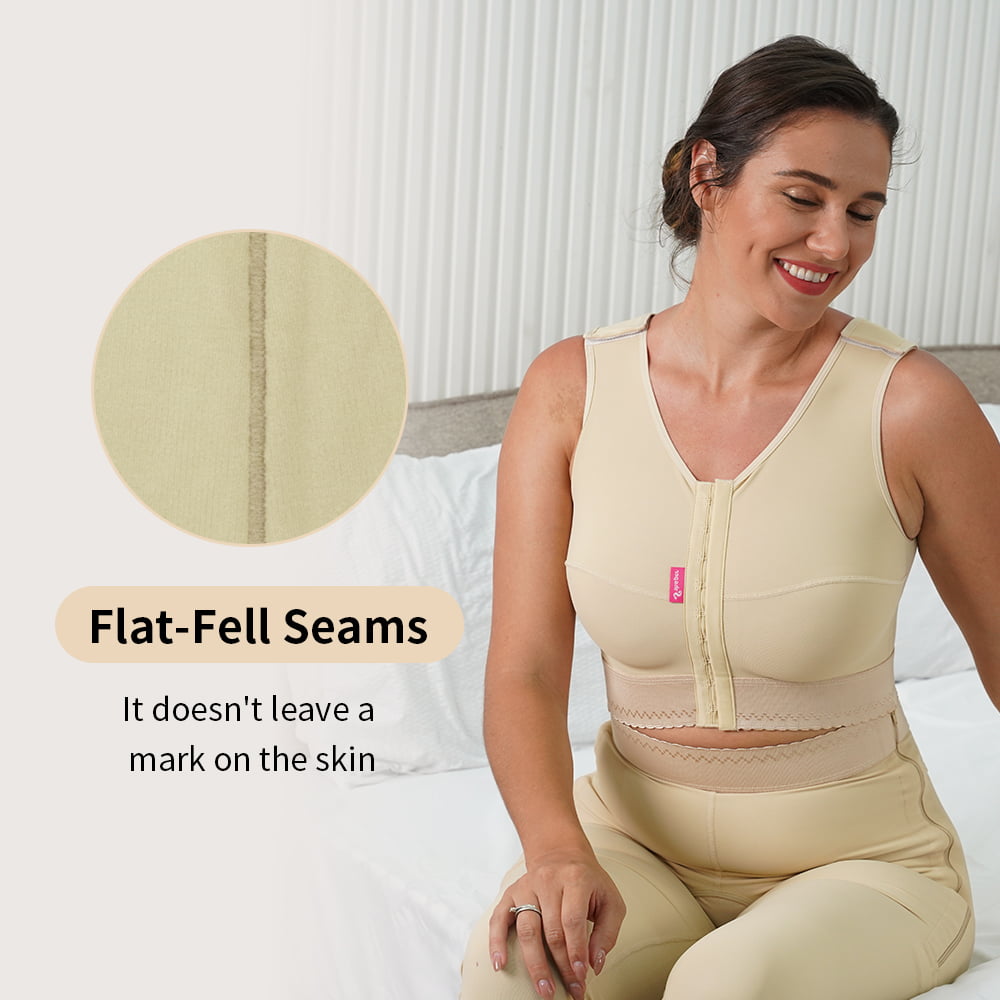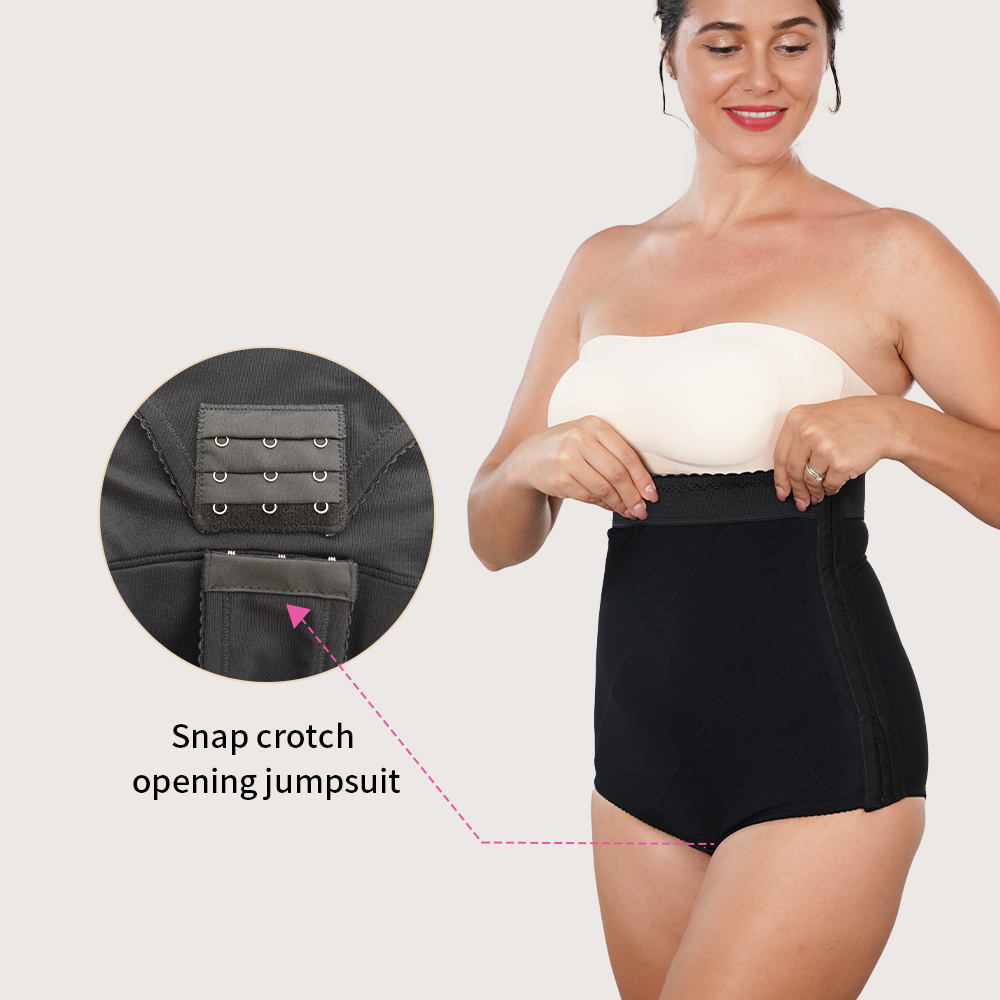Discover the Best: Top Shapewear Fabrics for Your Brand
Stepping into the world of shapewear is like entering a universe of hidden potential, where innovative shapewear fabrics sculpt silhouettes and boost confidence. But with a dizzying array of materials vying for attention, choosing the right shapewear fabrics for your brand can feel overwhelming.
Fear not, intrepid entrepreneur! This comprehensive guide will be your compass, navigating the intricate world of shapewear fabrics. We’ll delve into the properties, benefits, and ideal applications of each material, empowering you to make informed decisions that resonate with your target audience and elevate your brand above the competition.
1. Nylon: The Reigning Champion of Stretch and Recovery
Nylon, a true workhorse in the shapewear arena, stands as a testament to durability and resilience. This synthetic fabric, known for its exceptional stretch and recovery properties, forms the foundation of countless shapewear garments.
Key Advantages of Nylon:
- Exceptional Elasticity: Nylon can stretch up to six times its original size without losing its shape, providing excellent compression and support.
- Superb Shape Retention: Say goodbye to saggy, stretched-out shapewear! Nylon bounces back to its original form, even after repeated wear and washing.
- Moisture-Wicking Properties: Nylon’s ability to wick away moisture helps keep the body cool and dry, making it ideal for activewear and everyday wear.
- Durability and Resistance: Nylon is resistant to abrasion, pilling, and fading, ensuring your shapewear garments stand the test of time.
Ideal Applications:
- High-compression shapewear targeting the tummy, thighs, and rear
- Activewear and sportswear requiring flexibility and support
- Everyday shapewear designed for all-day comfort
2. Spandex: The Embrace of Flexibility and Comfort
Spandex, also known as elastane or Lycra, is the secret ingredient that injects unparalleled flexibility and comfort into shapewear. This remarkable fabric can stretch up to 500% its original length, returning to its original shape with remarkable resilience.
Key Advantages of Spandex:
- Unmatched Flexibility and Freedom of Movement: Spandex allows for a full range of motion without feeling restricted, making it perfect for active individuals.
- Soft and Comfortable Feel: Spandex’s smooth, silky texture feels luxurious against the skin, enhancing the overall comfort of shapewear.
- Wrinkle-Resistant: Spandex helps garments maintain their shape and smoothness, even after being folded or packed.
- Breathable and Lightweight: Spandex’s breathable nature prevents overheating, making it suitable for extended wear.
Ideal Applications:
- Shapewear targeting multiple areas, requiring flexibility and comfort
- Seamless shapewear designed to disappear under clothing
- Shapewear intended for special occasions or long hours of wear
3. Cotton: The Breathable Embrace of Natural Comfort
Cotton, a natural fiber celebrated for its breathability and softness, offers a welcome alternative for individuals with sensitive skin or those seeking a more natural feel. While cotton alone may not provide the same level of compression as nylon or spandex, it serves as a valuable component in shapewear blends.
Key Advantages of Cotton:
- Exceptional Breathability: Cotton allows air to circulate freely, preventing heat and moisture buildup, making it ideal for sensitive skin.
- Soft and Gentle on Skin: Cotton’s natural fibers are gentle on even the most sensitive skin, minimizing irritation or discomfort.
- Hypoallergenic Properties: Cotton is naturally hypoallergenic, making it a suitable choice for individuals prone to allergies or skin sensitivities.
- Absorbent Nature: Cotton readily absorbs moisture, helping to keep the body dry and comfortable.
Ideal Applications:
- Shapewear linings or gussets for enhanced breathability and comfort
- Shapewear blends with nylon or spandex to combine support with natural softness
- Shapewear designed for everyday wear or individuals with sensitive skin
4. Microfiber: The Lightweight Secret to Smoothness and Support
Microfiber, as its name suggests, is crafted from incredibly fine synthetic fibers, resulting in a luxuriously soft and lightweight fabric. This remarkable material excels at creating a smooth silhouette while providing gentle shaping and support.
Key Advantages of Microfiber:
- Ultra-Soft and Smooth Texture: Microfiber feels incredibly soft against the skin, enhancing the comfort of shapewear garments.
- Lightweight and Breathable: The fine fibers of microfiber allow for excellent breathability, preventing overheating and ensuring all-day comfort.
- Moisture-Wicking Properties: Microfiber effectively wicks away moisture, keeping the body dry and comfortable, even during physical activity.
- Durable and Easy to Care For: Microfiber is resistant to wrinkles, fading, and shrinking, making it a practical choice for everyday wear.
Ideal Applications:
- Lightweight shapewear targeting specific areas, such as the tummy or thighs
- Seamless shapewear designed to be invisible under clothing
- Shapewear intended for everyday wear or layering under various outfits
5. Power Mesh: The Reinforcement for Targeted Shaping and Control
Power mesh, a sturdy and breathable fabric, steps in when targeted shaping and control are paramount. This fabric typically features a nylon or spandex base interwoven with additional reinforcement threads, creating a firm yet comfortable hold.
Key Advantages of Power Mesh:
- Targeted Shaping and Control: Power mesh provides firm compression to specific areas, such as the tummy, waist, or back, creating a more defined silhouette.
- Breathable and Comfortable: Despite its firm hold, power mesh allows for breathability, preventing overheating and ensuring comfort during wear.
- Durable and Long-Lasting: The reinforced construction of power mesh ensures durability and shape retention, even with repeated wear and washing.
- Versatile Applications: Power mesh is commonly used in a variety of shapewear garments, from high-waisted briefs to shaping camisoles.
Ideal Applications:
- High-compression shapewear targeting specific areas requiring extra support
- Postpartum shapewear designed to provide abdominal support and recovery
- Shapewear intended for special occasions or when a firmer hold is desired
6. Choosing the Right Fabric Blends: Combining Strengths for Optimal Performance
While individual shapewear fabrics offer unique advantages, the true magic of shapewear often lies in strategic fabric blends. By combining the strengths of different materials, manufacturers can create garments that deliver exceptional comfort, support, and performance.
Here’s a glimpse into the world of shapewear fabric blends:
| Fabric Blend | Benefits | Ideal Applications |
|---|---|---|
| Nylon/Spandex | The gold standard for shapewear, offering exceptional stretch, recovery, and comfort. | High-compression shapewear, activewear, everyday shaping garments. |
| Cotton/Spandex | Combines the breathability and softness of cotton with the stretch and recovery of spandex. | Shapewear linings, gussets, garments targeting comfort and sensitive skin. |
| Microfiber/Spandex | Offers a lightweight and breathable option with a smooth, silky feel and gentle shaping. | Seamless shapewear, everyday shaping garments, layering under clothing. |
| Nylon/Power Mesh | Provides targeted shaping and control with breathable comfort and long-lasting durability. | High-compression shapewear, postpartum garments, garments requiring firm support. |
7. Factors to Consider When Choosing Shapewear Fabrics
- Target Audience: Consider the needs and preferences of your target audience. Are they seeking high-compression shaping, everyday comfort, or a combination of both?
- Garment Type: The type of shapewear garment will influence fabric choice. High-compression garments may require nylon or power mesh, while seamless shapewear may benefit from microfiber or spandex blends.
- Level of Compression: Determine the desired level of compression for your shapewear. Nylon and power mesh offer firmer control, while spandex and microfiber provide gentler shaping.
- Comfort and Breathability: Prioritize shapewear fabrics that offer breathability and comfort, especially for everyday wear or sensitive skin. Cotton blends or moisture-wicking shapewear fabrics can enhance comfort levels.
- Durability and Care: Consider the durability and care requirements of different shapewear fabrics. Nylon and spandex are generally durable and easy to care for, while cotton may require more delicate handling.
Frequently Asked Questions: Delving Deeper into Shapewear Fabrics
Q1: What’s the most popular fabric combination for everyday shapewear, and why is it so widely used?
A1: The dynamic duo of nylon and spandex reigns supreme in the world of everyday shapewear for good reason. This powerful blend delivers the perfect balance of stretch, recovery, and comfort. Nylon provides exceptional support and shape retention, while spandex allows for freedom of movement and a smooth, flattering fit. Together, they create shapewear that seamlessly integrates into daily life without compromising on comfort or effectiveness.
Q2: My customers prioritize comfort and many have sensitive skin. Which fabric should I choose to cater to their needs?
A2: When comfort is paramount, especially for sensitive skin, cotton blends take center stage. Look for shapewear with cotton linings, gussets, or blended with spandex for a gentle touch and enhanced breathability. Cotton’s natural softness and hypoallergenic properties minimize the risk of irritation, while spandex provides the necessary stretch and recovery for a comfortable fit.
Q3: I want to offer seamless shapewear that’s invisible under clothing. Which fabric provides that sought-after smooth and undetectable look and feel?
A3: Microfiber or microfiber/spandex blends are your secret weapons for achieving that coveted seamless look. These shapewear fabrics are incredibly lightweight and breathable, boasting a luxuriously soft and smooth texture that feels amazing against the skin. Microfiber’s fine fibers create a smooth surface that won’t cling to clothing or create visible lines, making it perfect for even the most form-fitting outfits.
Q4: What’s the best fabric for high-compression shapewear targeting specific areas like the tummy, waist, or back?
A4: When firm control and targeted shaping are paramount, power mesh steps up to the plate. This sturdy yet breathable fabric delivers exceptional compression to specific areas, creating a more defined and sculpted silhouette. Power mesh’s reinforced construction ensures long-lasting durability and shape retention, making it ideal for high-impact activities or when a more dramatic shaping effect is desired.
Q5: I’m overwhelmed by the choices! How do I choose the right fabric blend for my shapewear collection to ensure customer satisfaction?
A5: Finding the perfect fabric blend is a journey of discovery! Start by considering your target audience, their needs, and their preferences. What level of compression are they seeking? What types of garments will resonate with their lifestyle? Prioritize comfort, breathability, and durability, and don’t hesitate to experiment with different blends to see what works best. Gathering feedback from your customers can provide invaluable insights and help you fine-tune your offerings to meet their unique needs.

S-SHAPER offer a wide range of shapewear products in various shapewear fabrics, if you are interested in our products please move to the product page, if you have any questions, please feel free to contact us!
Share This Post:
Table of Contents
Most Popular

OEM Corset Manufacturer in Russia for Lingerie Startups

Shapewear Supplier in Russia for Influencer-Based Brands

Body Shaper Manufacturer in Germany for Wellness Retailers

Get in touch with us
Related Posts

OEM Corset Manufacturer in Russia for Lingerie Startups
1. Why Russia is Emerging as a Key Hub for OEM Corset Manufacturing In today’s competitive fashion industry, lingerie startups are increasingly seeking OEM (Original Equipment Manufacturer) solutions to quickly

Shapewear Supplier in Russia for Influencer-Based Brands
1. Why Influencer-Based Brands Are Thriving in the Shapewear Market The shapewear industry has witnessed exponential growth over the past few years, and much of this success can be attributed

Body Shaper Manufacturer in Germany for Wellness Retailers
1. Growing Demand for Body Shapers in the European Wellness Market The European wellness industry has seen exponential growth over the past decade. Among the diverse range of health and

Sweat Belt Supplier in Germany for Slimming Brands: A Complete B2B Guide
1. Why Slimming Brands Are Investing in Sweat Belts in 2025 In 2025, the global fitness and wellness industry continues to surge, with slimming brands at the forefront of innovation.






